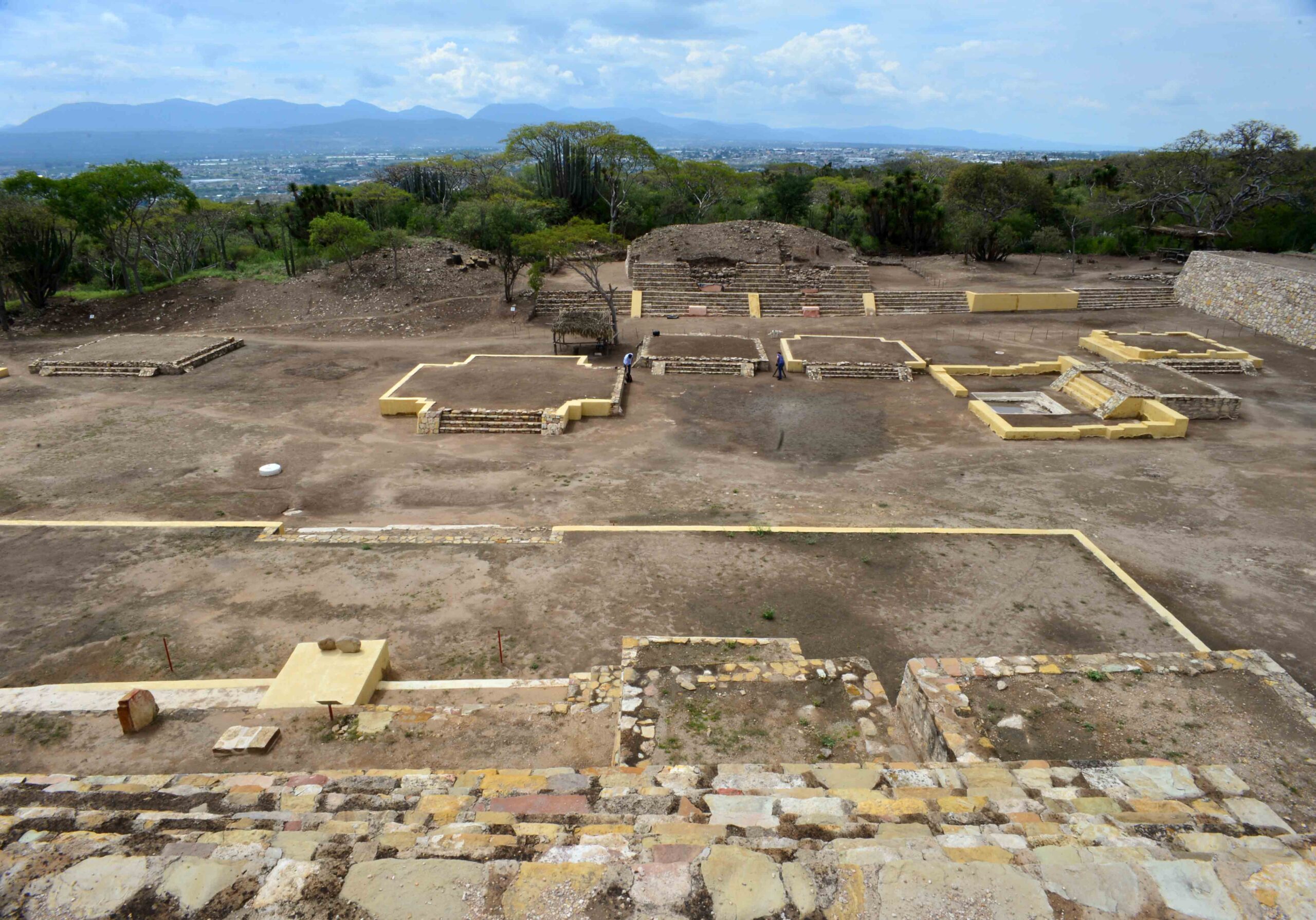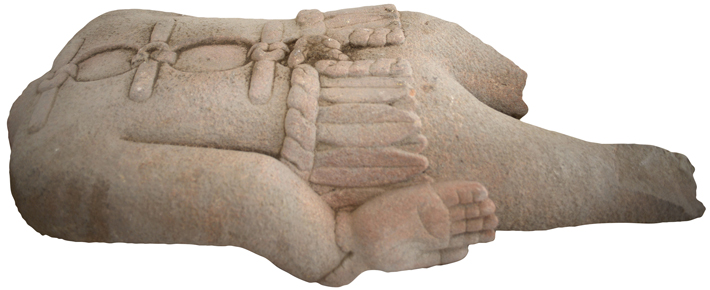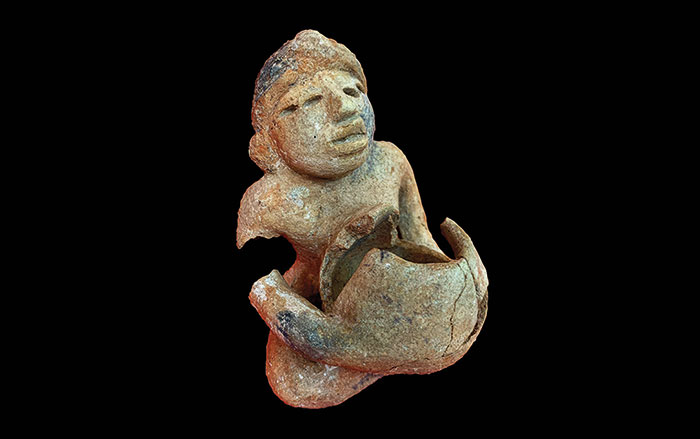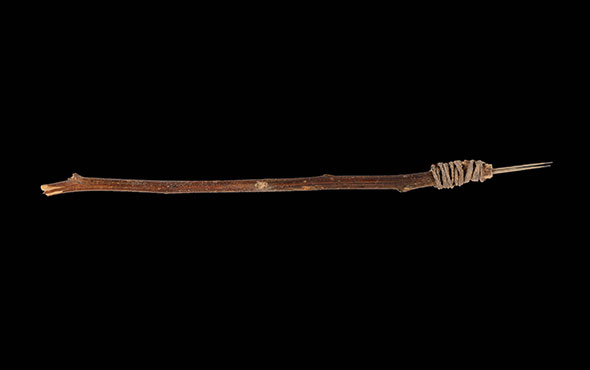
Each spring as new plants sprouted from the ground, the ancient cultures of Mesoamerica, including the Aztecs, understood the event as the earth growing a new skin. This idea was embodied by the god Xipe Totec, who was often depicted wearing a flayed human skin. The deity was thought to cause crops and other plants to grow. Archaeologists led by Noemí Castillo Tejero of Mexico’s National Institute of Anthropology and History recently uncovered the earliest known temple of the “Flayed Lord” at the Ndachjian-Tehuacan archaeological zone in the Mexican state of Puebla.
The temple complex was built by the Popoloca people around A.D. 900. There, the archaeologists have found a large pyramid with two circular altars where, they believe, prisoners of war were given as sacrifices to honor Xipe Totec after they were killed in gladiatorial combat. They also unearthed two large skulls carved from imported volcanic stone, as well as the torso of a ceramic effigy of the god, which appears to have an extra hand hanging from the left arm. The archaeologists suggest this sculpture represents Xipe Totec wearing the skin of a sacrificial victim, a particularly macabre way to commemorate nature’s cycle of life and death.













